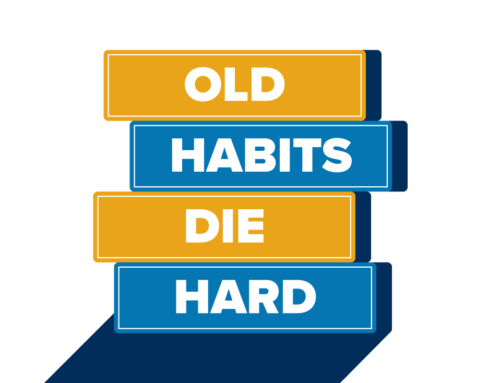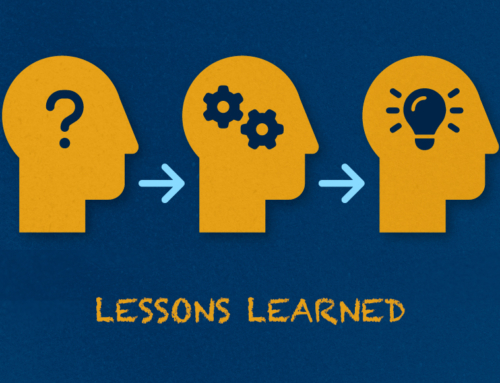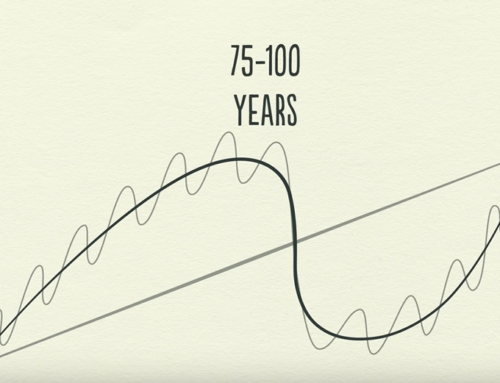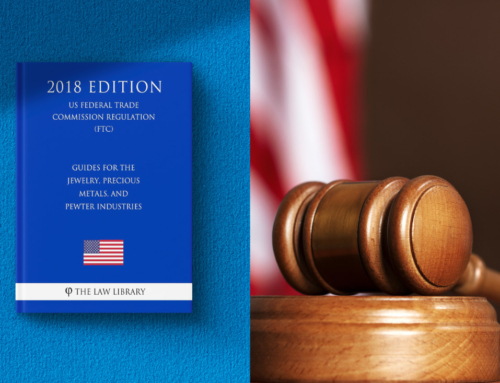by Abe Sherman – CEO, BIG – Buyers Intelligence Group
February 8, 2022
How do you plan and merchandise your inventory? This is a fundamental question that I ask every retailer the first time we review their data with them. In virtually every case, their answer is the same; “We reorder our fast-sellers every week”. While this is a great habit, I consider it a Bottoms Up merchandising strategy.
Why? Because managing the Styles level of your business focuses on the smallest details, the bottom of the inventory hierarchy – the item. Focusing on managing the styles but not each of the levels above that will lead to significant holes in your inventory, and therefore lots of missed opportunities.
While we have been talking about the four steps of merchandising for nearly 20 years, the impact that 2021 has had on your merchandise assortments requires a more comprehensive analysis of your business. Last year was a welcome surprise, but it was surprising nonetheless, catching many somewhat off guard when it came to proper inventory planning.
But now is the time to become reacquainted with that planning process and rebuild your planning strategy. This is done in four separate steps:
- Budgeting
- Merchandise Planning
- Buying
- Inventory Management
I’ve written extensively about these topics over the years and you can click on the following links to review these topics:
For those of you who may be new to us, however, I’ll boil this note down to just two areas: Merchandise Planning and Buying.
Merchandise Planning is what you do after you have created an overall budget for your company. It’s about how you plan to allocate your assets by Vendor, by Category and by Price Point. This is done in a very straight forward way and leads to creating merchandise assortments based on consumer behavior in your stores and provides you with the best opportunities to grow sales via an organized process.
Virtually none of the retailers we speak with during our first conversations plan their inventory Top Down. But after they learn how, their entire company becomes hyper-focused on knowing exactly what their customers are buying by vendor, category, retail price points and (finally) styles.
Yes, 2021 was disruptive and delivered stellar results across all categories. When this happens, you need to revisit how you are addressing the uneven results (some categories in your store behaved very differently than others) as well as your current inventory positions. Merchandise Planning to fill in those areas of your business must be looked at as a higher-level analysis than simply reordering fast-sellers, in other words, using top down analysis.
Finally, speaking of reordering fast-sellers – you also need to look at the number of times each item has sold over the past year as well as the seasonality of each item. Just because it took longer than 90 days to sell in December, doesn’t mean it should not be in stock for Valentines Day and Mother’s Day.
The merchandising processes is not just Bottoms Up. It’s also Top Down.
Don’t hesitate to reach out to me or anyone else on our growing team to help you walk through these processes or to review your current opportunities.






